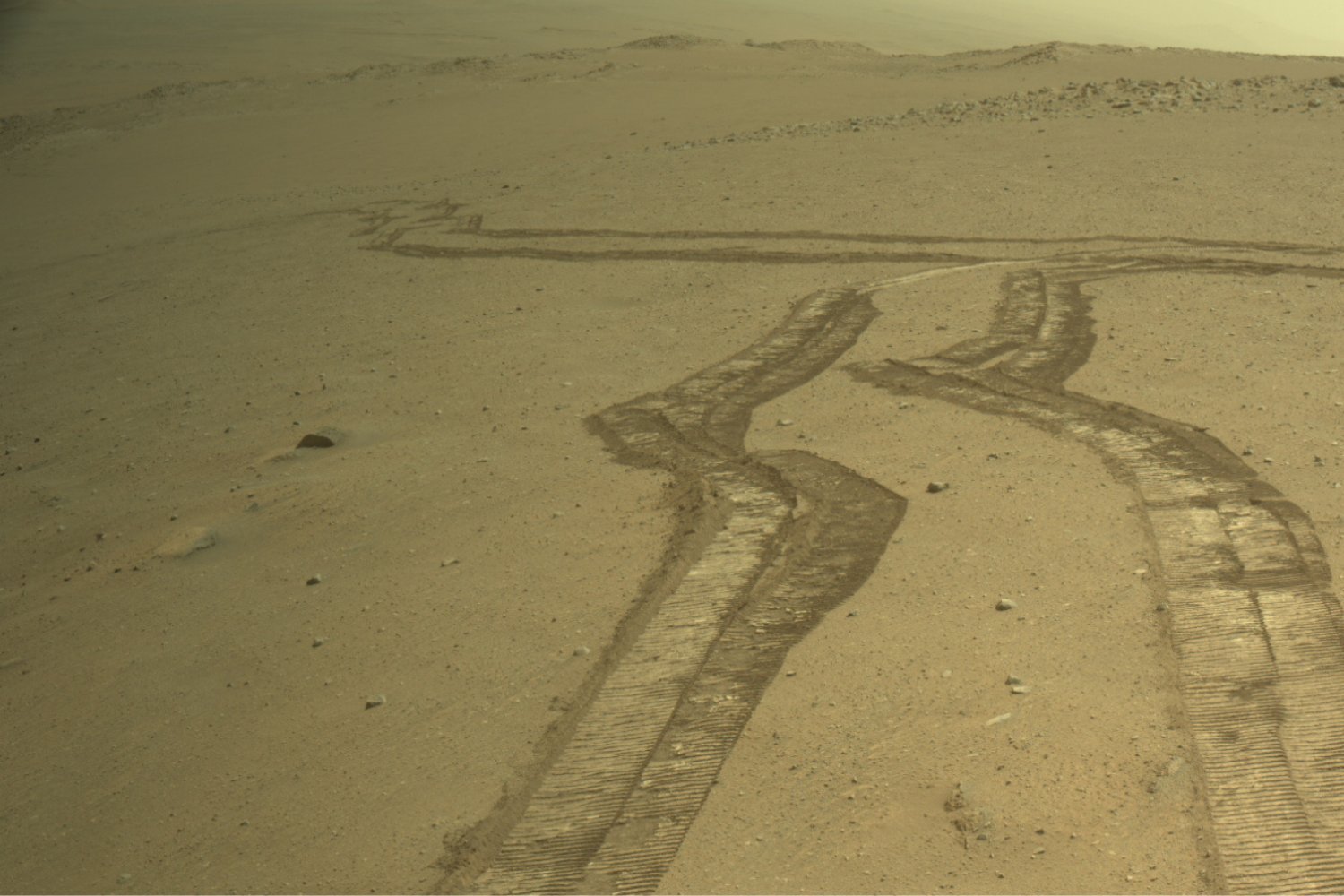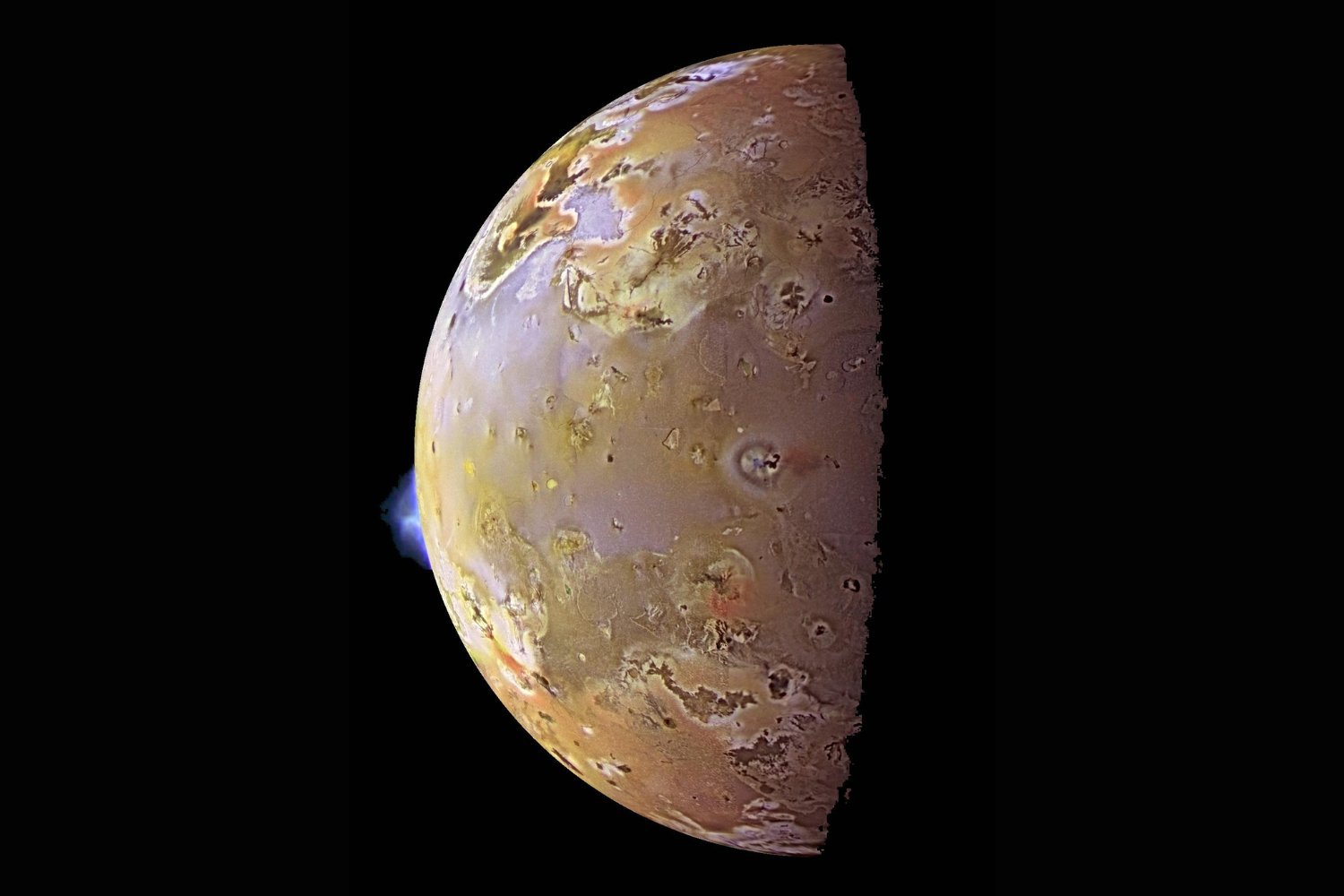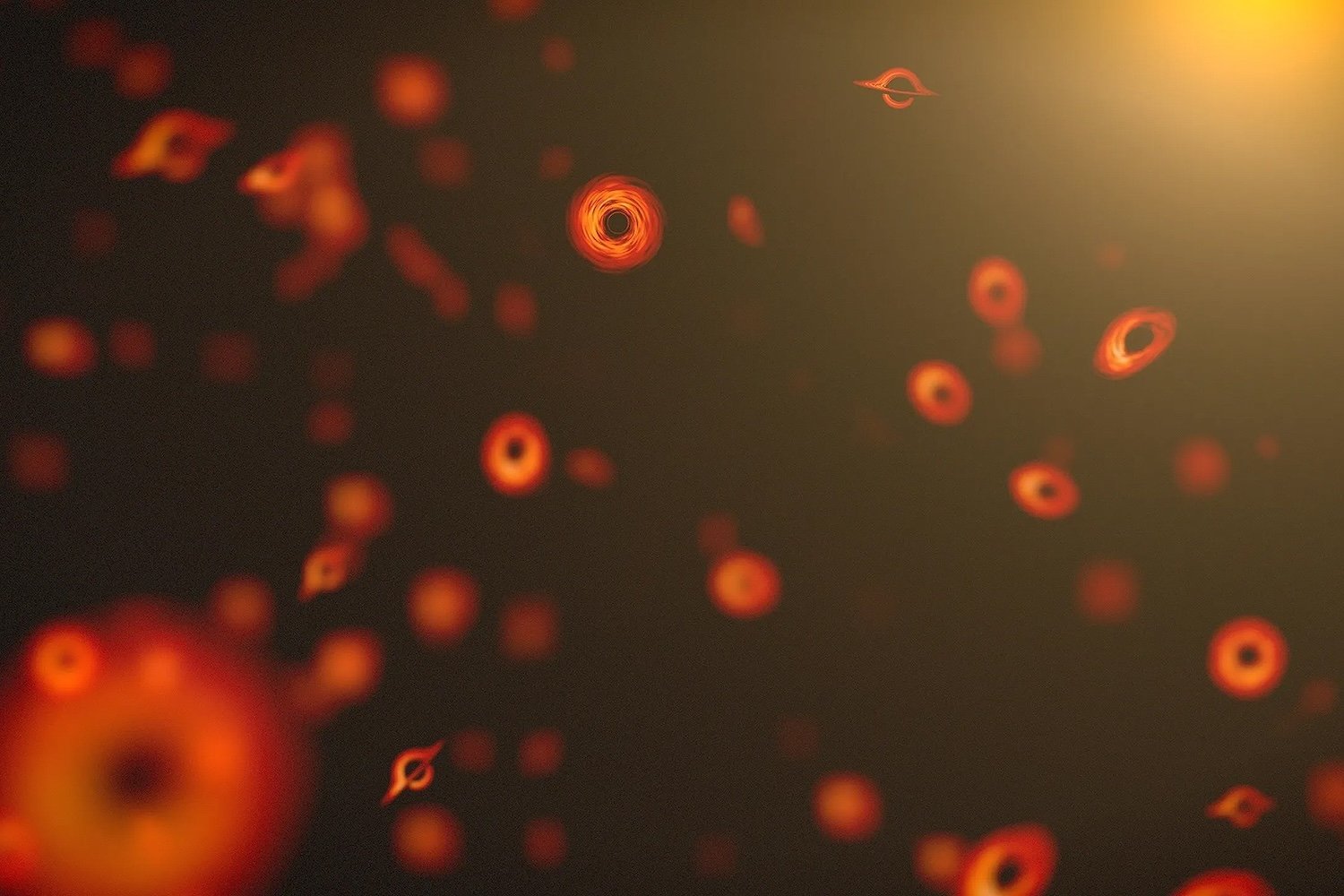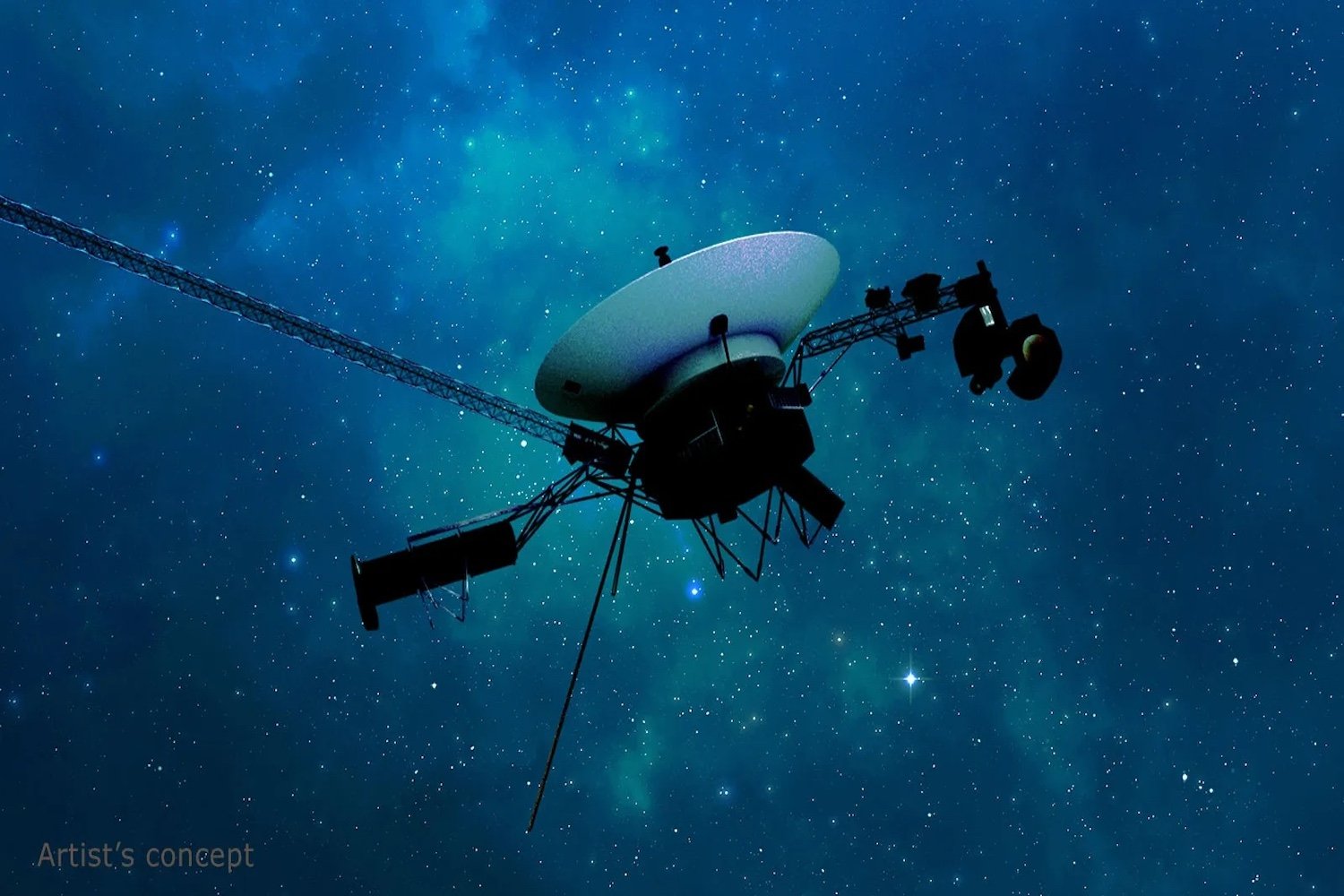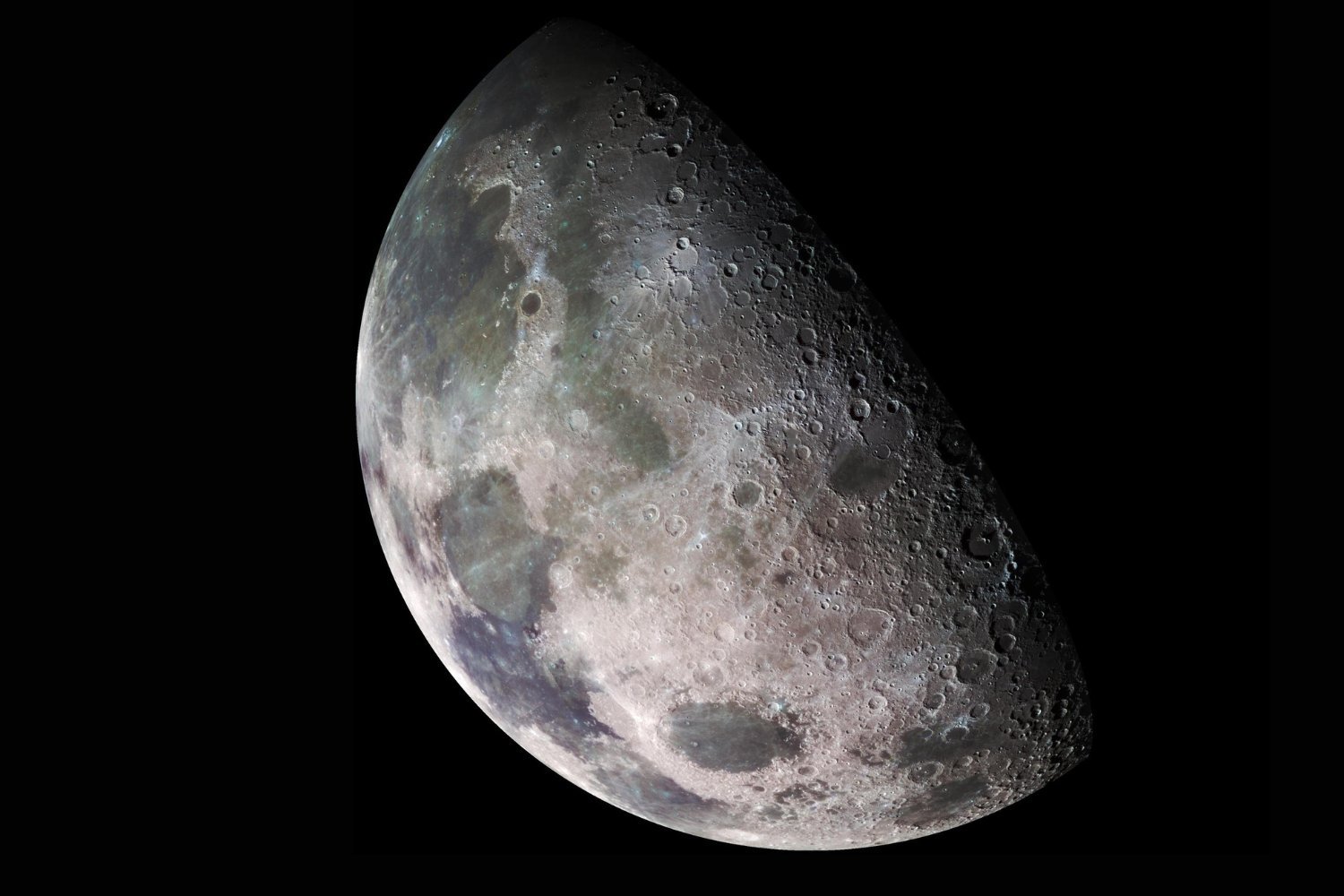Perseverance, NASA’s Mars rover, has embarked on a new chapter of its mission, leaving the Jezero Crater where it landed in February 2021. This marks a significant milestone in the search for signs of past life on the Red Planet. For nearly four years, Jezero Crater served as Perseverance’s primary exploration site. During this time, the rover diligently collected rock samples, captured images of the Martian landscape and the Ingenuity helicopter, and drilled into intriguing rock formations.
The move to the crater rim opens exciting possibilities for scientific discovery. Jezero Crater, an ancient lakebed formed by an impact billions of years ago, offers a unique geological record. The crater rim, specifically, exposes rocks that predate the impact, providing a window into Mars’ distant past.
Briony Horgan, a planetary scientist at Purdue University and a co-investigator on the Perseverance mission, shared insights about the rover’s new surroundings during a session at the American Geophysical Union’s annual meeting. The uplifted terrain on the crater rim, she explains, exposes rocks that existed before the impact, offering access to “really ancient stuff.” These rocks hold clues not only to the potential for past life but also to the evolution of Mars itself.
The focus now is on unusual rocks with peculiar appearances and chemical compositions. These “weird rocks,” as Horgan refers to them, could unlock secrets about ancient Martian environments and potentially reveal biosignatures – evidence of past life. Examples of these intriguing formations include the “leopard spot” rocks discovered earlier this year.
The crater rim’s unique geological history also adds to its scientific allure. The impact that formed Jezero Crater generated immense heat, creating hydrothermal systems – environments known to be conducive to life. Exploring these areas could provide valuable insights into Mars’ potential habitability.
The rock samples collected by Perseverance are invaluable. Their eventual return to Earth will enable scientists to conduct detailed analyses far beyond the capabilities of current rover technology. These samples will be studied for decades to come, offering a deeper understanding of Mars’ geological history and its potential to have once harbored life.
The analysis of these samples will address fundamental questions about the early solar system and planetary evolution. While the wait for the samples’ return to Earth might be lengthy, the potential scientific breakthroughs make it a worthwhile endeavor. As Perseverance continues its exploration of the crater rim, its discoveries promise to revolutionize our understanding of Mars and its place in the solar system.



